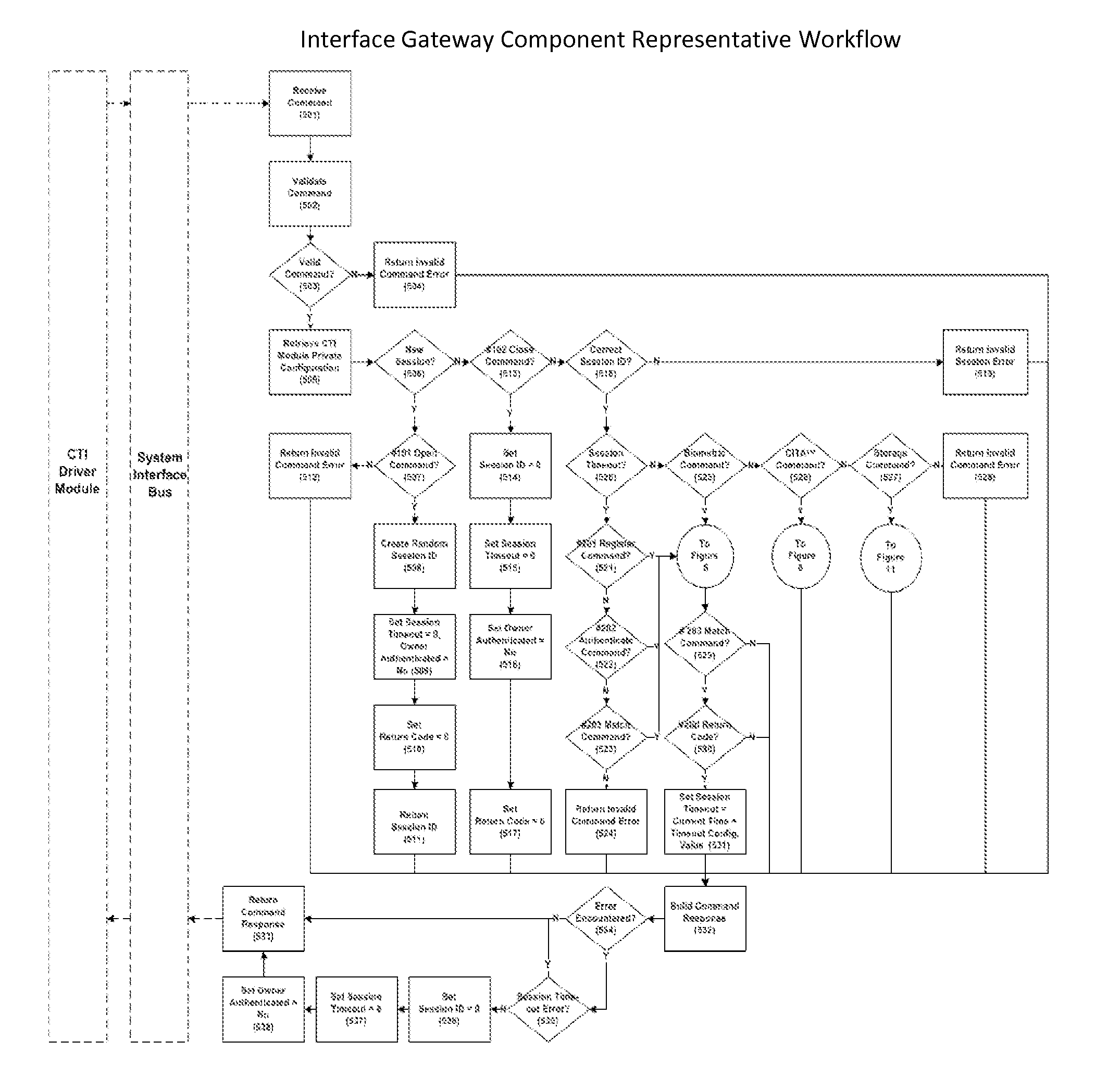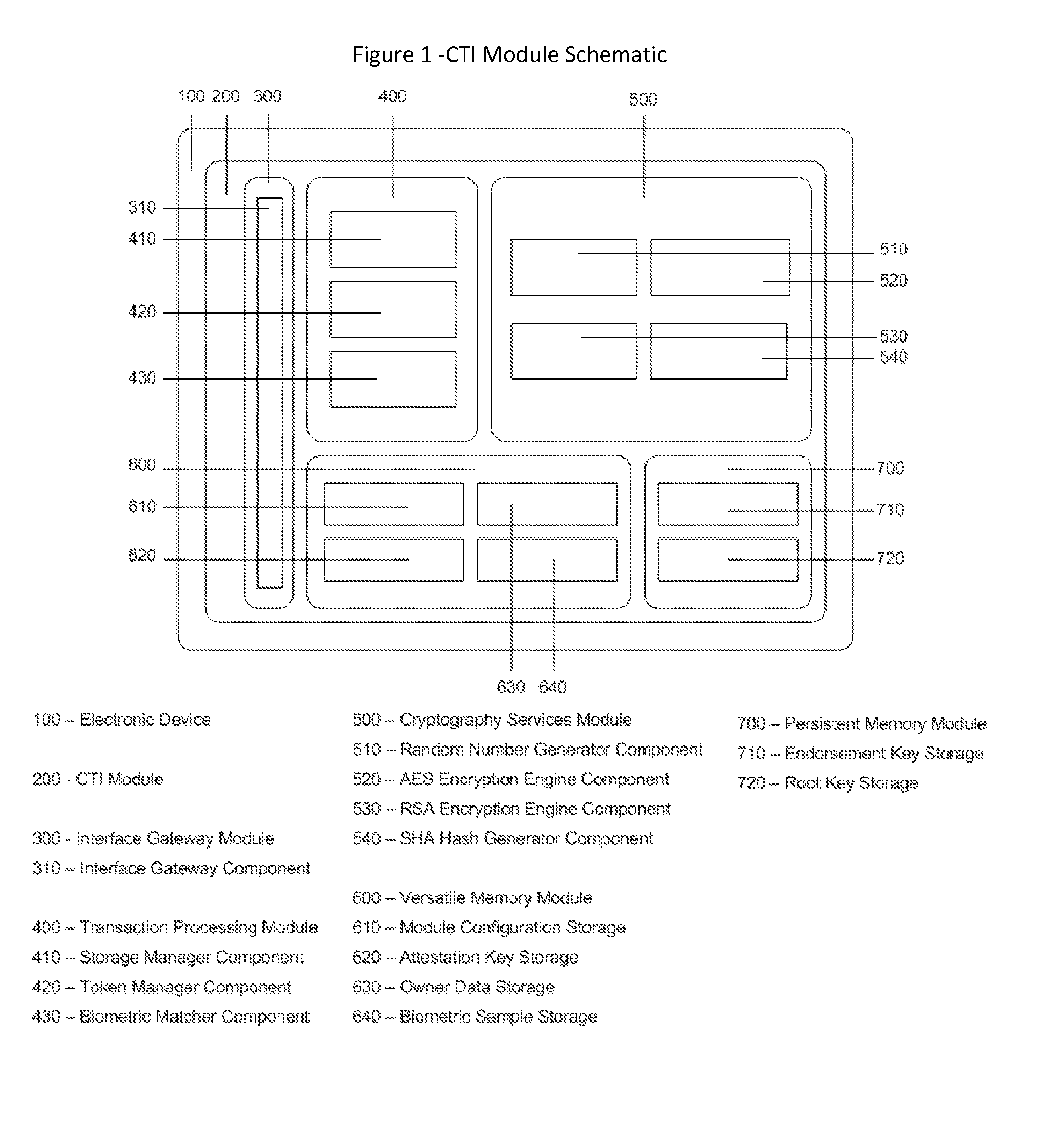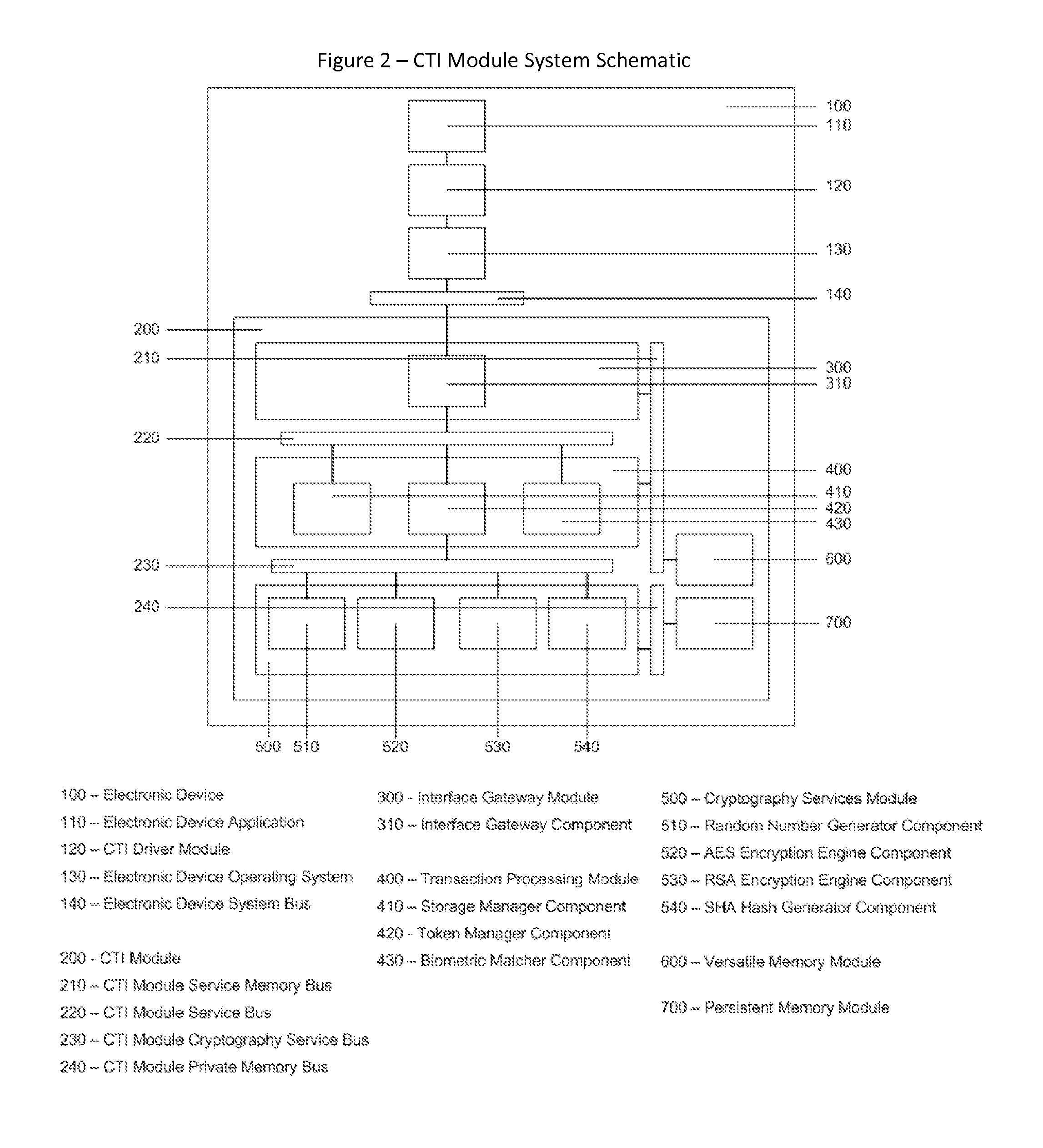The cases of
identity theft and fraudulent transactions within the electronic commerce, retail, and other business segments; coupled with attacks and invasion of on-line systems providing access to web portals or support to
critical infrastructure services, such as gas, electric, or water utilities, are increasingly common.
As additional commercial and government cyberspace service providers become available to cyberspace users, both in the retail environment and the on-line environment, the amount of sensitive information transmitted between two cyberspace parties will only increase, as will the increased probability of financial and personal loss associated with
identity theft,
data theft, and privacy breaches.
Such information is not adequately safeguarded once the information is provided to the intended cyberspace
service provider.
The current systems and methodologies in place today to protect cyberspace users and financial institutions are unfortunately fraught with numerous opportunities for
identity theft and fraudulent transactions, the cost of which is ultimately transferred to the
consumer of the cyberspace service.
Financial institutions
recovery their loss through increased late fees and over-limit fees on credit accounts established by cyberspace users and service providers recover their loss of profit from fraudulent transactions or the cost of doing business in the e-commerce world through the increased cost of goods / services provided.
This increased debt to cyberspace users is brought about by a current methodology that fails to protect cyberspace user personal identity attributes and financial account information accurately and securely.
While the total amount of losses, both financial and personal, due to online fraud and identity theft are difficult to measure, the problem is genuine and increasing on an annual basis2.
In addition, a cyberspace
service provider's retail environment and / or their internet site often does not provide a secure environment for cyberspace users to request or utilize the provider's services, as cyberspace users have limited ability to manage or protect their personal information once it is released to a
service provider.
As a result, the cyberspace user is often forced to make a trade-off, between the
increased risk of identity theft and the desire to easily and comfortably utilize the cyberspace service they desire.
Likewise, cyberspace service providers must often trade the
increased risk of fraud against the ability to expand their service offering in an online environment.
Furthermore, cyberspace users have a limited ability to utilize secure identities across multiple cyberspace services because many of the web portals offered through service providers do not use a common enterprise
security framework.
Instead, the cyberspace user is faced with the increasing responsibility, complexity, and inconvenience associated with managing multiple user accounts and passwords, and other identity attributes required to obtain or conduct services online and across dissimilar cyberspace service providers.
Together, these vulnerabilities of the current environment leads to further opportunities of cybercrime as on-line hackers continue to penetrate on-line service providers and end cyberspace users to illegally obtain user account and
password information.
Why is the use of NFC technology the wrong approach?
First, the deployment of NFC technology to many service providers may be cost prohibitive as it requires the service provider to have a
payment terminal that can accept an NFC-based transaction.
This limits the availability of service provider locations that will even support NFC technology.
NFC does nothing to address on-line cybercrimes where the
consumer unknowing provides financial account information to an untrustworthy
web site where the account information can be readily available for the cybercrime professional to obtain.
Secondly, and most importantly, the NFC capability does not protect against Man-in-the-Middle attacks where a portable RF reader can be utilized by a cybercrime professional to obtain the financial account information as it is passed from the
consumer to the service provider.
While the communication range of NFC is limited to a few centimeters, NFC alone does not ensure secure communications.
While industry has recommended that NFC incorporates data
encryption and PKI methodologies the current ISO standard, upon which NFC is based, does not support these capabilities.
Implementing PKI and data
encryption capabilities requires a safe and reliable storage location for the protection of the secret keys used to implement such an infrastructure, and the
current technology employed in today's market does not support such a capability.
An alternative approach to NFC vulnerabilities is to employ these
data security capabilities at the
application layer, where cryptographic protocols, e.g., Secure Socket Layer (SSL) can be utilized to establish a
secure channel, but the approach proves to be unfeasible and cost prohibitive due to the complexity of establishing a mutually authenticated connection.
But, implementing such an approach would require both the
payment terminal and the physical card to store digital certificates for every possible
payment transaction they will ever encounter, which is simply not possible.
A fundamental problem with the current e-commerce environment is the payment vehicle itself; the credit /
debit card.
While the solution (when utilized as a standard norm of point-of-sale business practices) can deter the use of stolen cards, it does nothing to address on-line cybercriminals using the same level of financial account information from stolen cards.
Personal Identification Numbers (PIN) have also been used to safeguard the use debit cards for years, and with some level of success, but the cost of manufacturing these cards and the administrative burden of managing PINs is pushed back upon the consumer.
In addition, successful hacking methodologies to
gain access to consumer PIN information and / or reproducing counterfeit cards have also established vulnerabilities under this approach.
The introduction of the
Card Security Code (CSC), also referred to as the Card
Verification Data (CVD), Card
Verification Value (CVV or CVV2), Card
Verification Value Code (CVVC), Card Verification Code (CVC or CVC2), Verification Code (V-Code or V Code), or Card Code Verification (CCV), was an attempt to address on-line fraud, but while the capability has proven effective in reducing
fraudulent transaction rates the approach is still susceptible to being compromised as the code itself is still readily available from the physical card and in many cases can be obtained through the hacking of on-line financial institutions and / or service providers that maintain the information.
While various biometric modalities. i.e.,
fingerprint, iris, face, etc., have been deployed under these proposed solutions the approach itself still presents vulnerabilities.
First, because the biometric samples and PIN are electronically stored they are susceptible to being reproduced if not adequately safeguarded through PKI and data encryption methodologies.
Second, because the
verification matching process can be performed through an applet stored within the card
chip, which can be altered if not adequately safeguarded, the identity
verification approach is independent and outside the
direct control of the service provider attempting to confirm the identity of the
card holder.
Lastly, if the control of the
verification matching process is assigned to the service provider the solution becomes cost prohibitive as all service providers will now have to support and integrate additional hardware /
software capabilities into their
present day POS systems to support the use of these smart cards.
While these approaches still carry the burden on the consumer to physically possess the card in order to carry out a service transaction successfully, they also carry the additional burden of being cost prohibitive when the cost of the card technology (a PIN and / or biometric based smartcard cost on the order of $5), coupled with the cost of the enterprise infrastructure required to support such an approach (POS systems require the ability to read and interpret smartcard and possibly the ability to capture biometric samples) are taken into consideration.
With over 100 M current card holders and over 5 M POS terminals operational (in the US alone) the cost of deploying such a solution (and making it readily available to consumers everywhere) quickly exceeds the current annual estimates of revenue loss due to fraudulent transactions.
As with the above cited examples, these additional costs burdens would ultimately be passed on to the consumer through higher fees associated with the use of these approaches.
While the use of a
third party system under these proposed inventions is a valid approach to establishing a root of trust, and the proposed inventions successfully remove the credit /
debit card “token” from the equation, they still exhibit limitations and vulnerabilities disclosed under the previously addressed solutions.
For example, it remains the burden of the consumer to always remember their PIN, as without it they are unable to even initiate a transaction.
As stated earlier placing such a device at POS terminal locations would be cost prohibitive and ultimately passed on to the consumer to burden.
But most importantly, none of the cited examples address the need to safeguard the information exchanged between the service provider, consumer, and the
third party system.
As the use of PKI methodologies and data encryption technology are not incorporated into these inventions the proposed solutions still suffer the
vulnerability of man-in-the-middle attacks and
accessibility to consumer private information by cybercriminals without these safeguards in place.
The main reason for this limitation is the offered solutions do not support a safe and reliable mechanism for securely storing the secret keys that are required to support a PKI infrastructure for data encryption and
digital signature operations.
Such a solution could also be cost prohibitive to implement (considering the need for the POS devices to support such a capability and the additional network bandwidth capacity required to transmit biometric records between the consumer / service provider and the
third party system), outside the fact that delayed service capabilities with transmitting these larger amounts of data and the time for the third party system to conduct the biometric matching service would result in further delays with completing the POS transaction.
While using biometric
identification technology is a valid approach to establishing and authenticating a cyberspace user's identity, the existing inventions are limited to performing this operation every time a cyberspace transaction is conducted because these existing inventions do not provide a mechanism to securely store and re-use a trusted identity credential once established.
As previously discussed, smart cards have been employed by other inventions to securely store identity credentials, but the use of this technological approach requires the cyberspace user to always have the
smart card in their possession, is susceptible to being lost or stolen, and is costly to implement and maintain.
 Login to View More
Login to View More  Login to View More
Login to View More 


